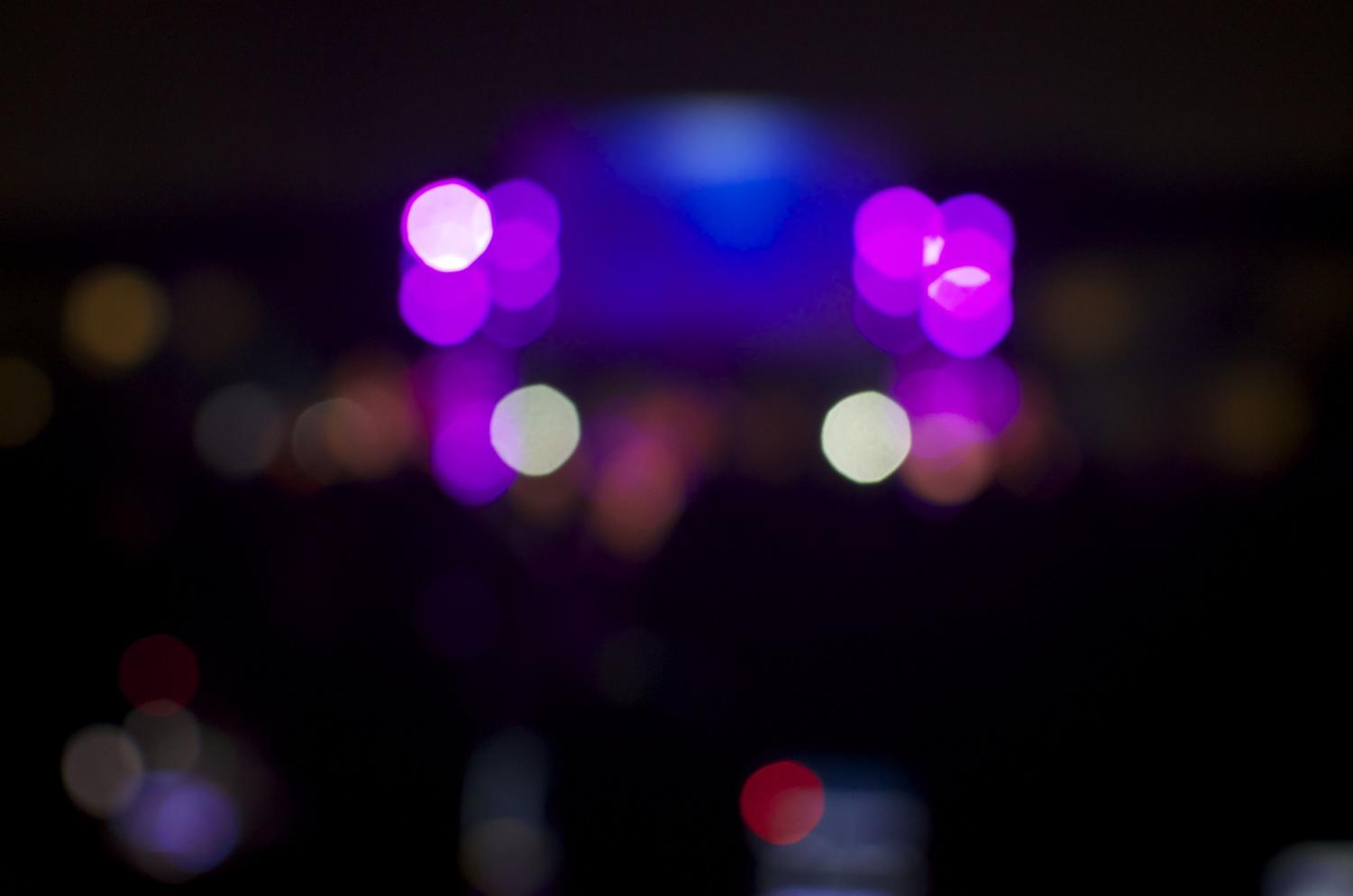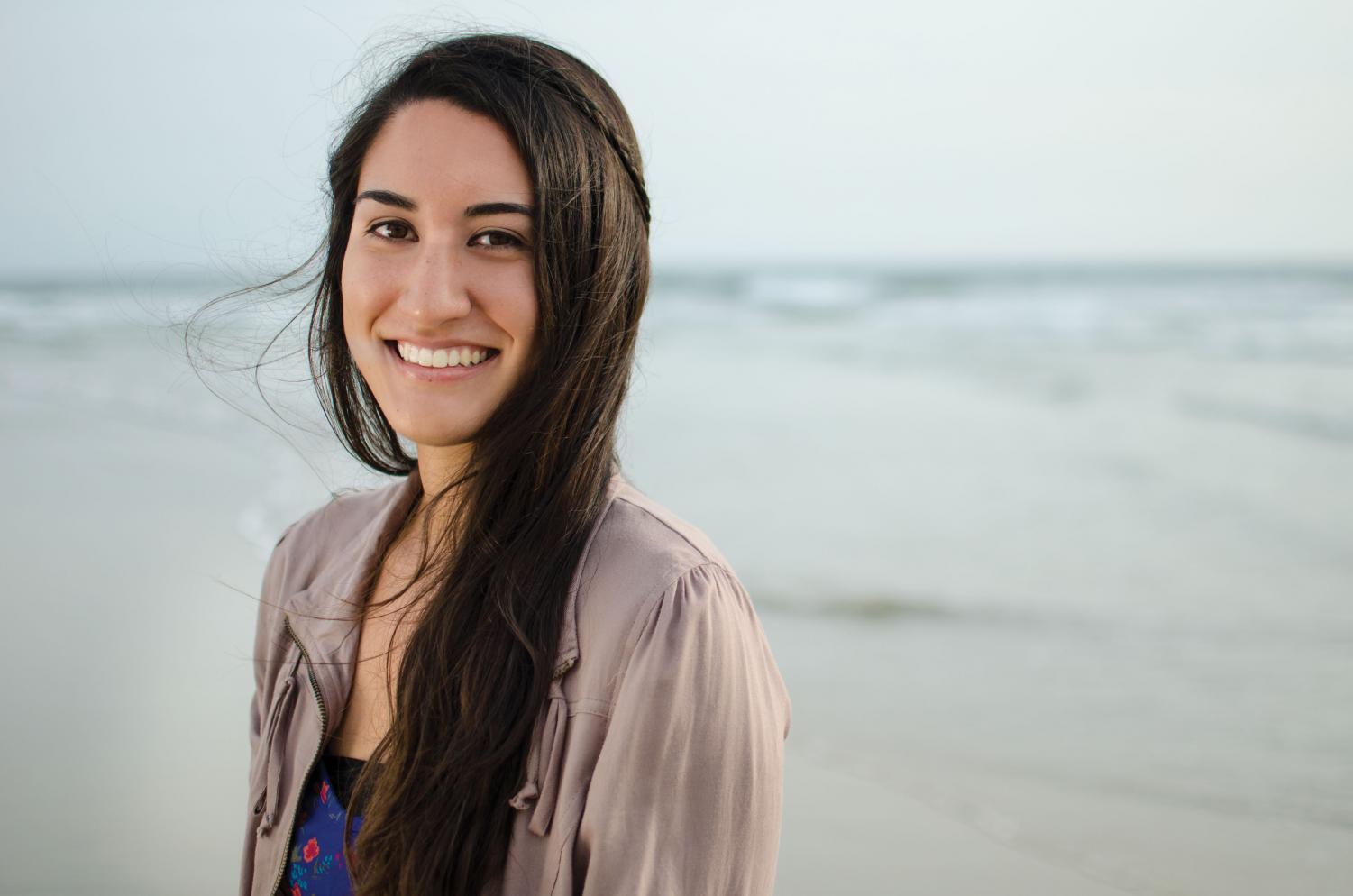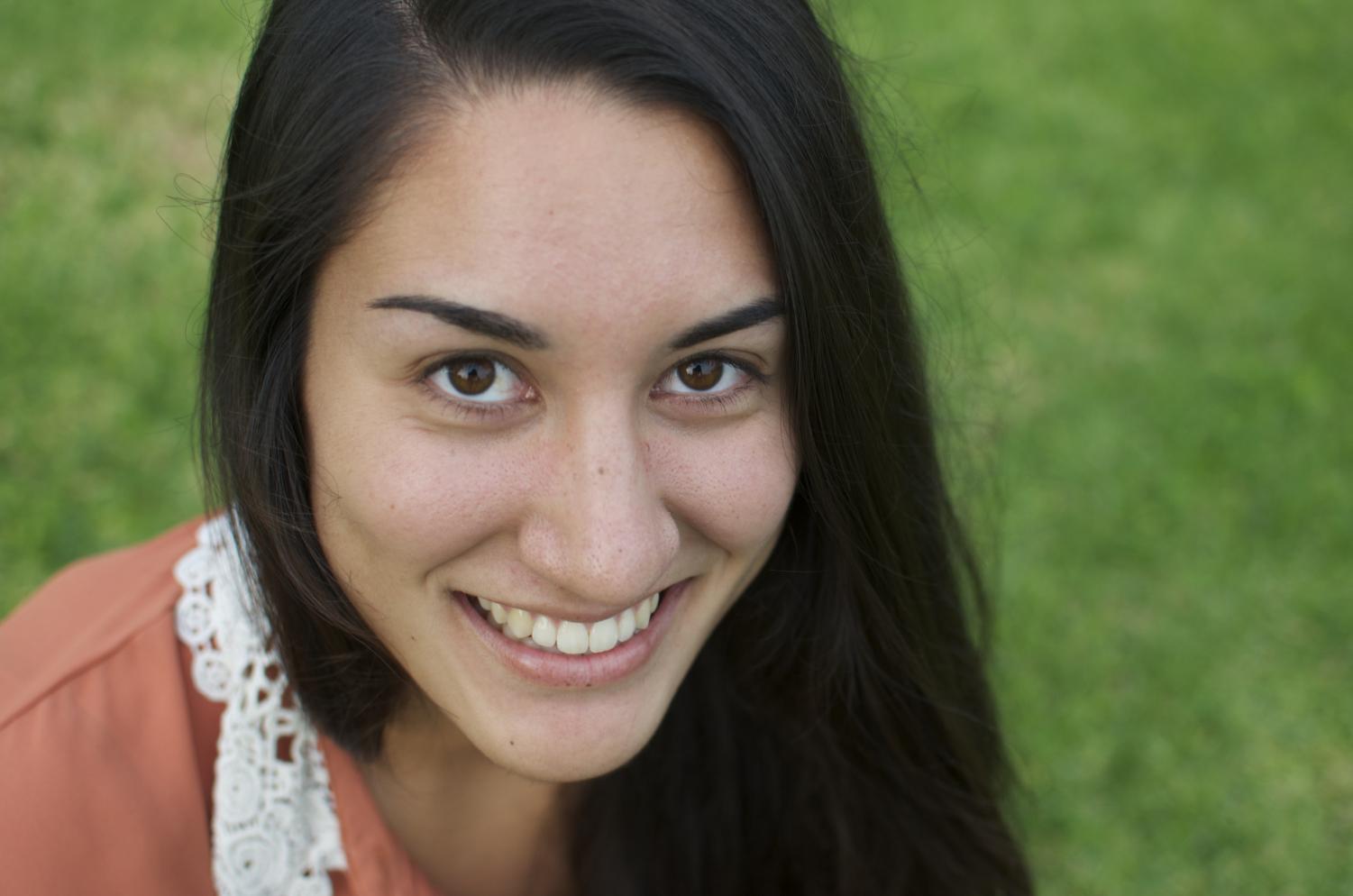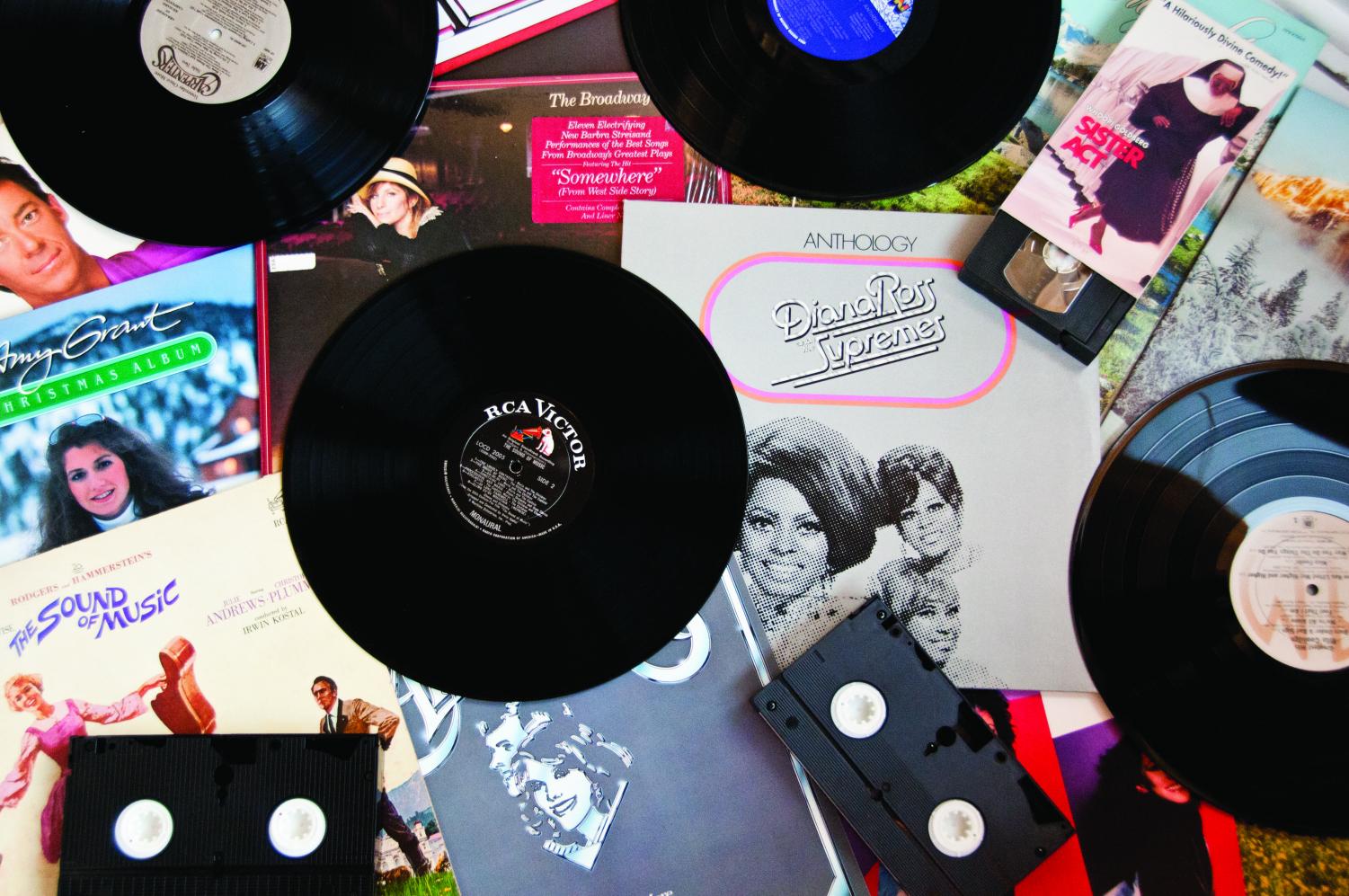Written by Brittany Cervantes
The music echoes throughout the room, resounding in your soul as the band plays their instruments and everyone around you joins in, singing. Suddenly, your foot begins to tap to the beat of the music and you lift your hands up, praising the Lord.
This experience, known as the long-standing tradition, Singspiration, has become a typical Sunday night for many students. This beloved hour of worship was given the name Singspiration to reflect its ultimate purpose — to inspire students to worship God. With a legacy that extends back decades, each Singspiration chapel still brings the Biola community together as one body, praising the name of Jesus.
The origin
When it began in the 1980’s, Singspiration was held in Calvary Chapel as an hour-long opportunity for the Biola community to come together to sing, pray and prepare themselves spiritually for the upcoming week. As word spread, an overflow of students came together simply to worship, with no chapel-credit incentive.
Dennis Wadley, a 1984 Biola and Talbot Theological Seminary graduate, led Singspiration from 1982-84. Wadley amusedly recalls that when he started, he was just a beginner at guitar, but learned how to play the more he led worship. He remembers that Singspiration was always about communication with the Lord.
“We would have times of silence and times of prayer,” Wadley says. “But it was mostly just worship. There would be times for people to speak up ‘praise to God’ or ‘[give] thanks to God…’ It was participatory in that respect.”
Wadley emphasizes that it was important when he was leading to make sure the focus was on God and not the band itself.
“We really had a vision for making it a place where God was just purely lifted up. One of our goals was that we would be invisible,” Wadley says.
Continuing the vision
Michael Pearsall, a 1988 Biola graduate and former Singspiration leader from 1985-88, also says that more than a time of community worship, Singspiration was a chance for him to simply commune with the Lord. Despite having led in many different venues since, Pearsall still views Singspiration as a “tremendously powerful” event.
Pearsall remembers that he provided opportunities for students to share their stories during Singspiration. The stream of emotions that came out during these times ranged from laughter to tears of conviction. Pearsall says it felt like he was part of an external church body.
His main goal was to guide people to the realization that they were not on their own, but that they should look to Christ for strength. One of the many hymns he often began with was “When I Survey the Wondrous Cross”.
When I survey the wondrous cross On which the Prince of glory died, My richest gain I count but loss, And pour contempt on all my pride. Forbid it, Lord, that I should boast, Save in the death of Christ my God! All the vain things that charm me most, I sacrifice them to His blood
Another common factor in both Wadley’s and Pearsall’s periods of leading Singspiration was the clear presence of the Holy Spirit during their times of worship. It is the Spirit who directed them in leading the Biola community. They were both motivated by their faith and the goal of bringing praise to the Lord.
Pearsall explains that he would step out to sit on his stool and use the microphone that was occasionally used for preaching, to sing.
“I was fine if no one showed up because I was singing to the Lord and it was just something I wanted to do,” Pearsall says. “I had an audience of one in mind…it was just me and the Lord, and I wanted to express my praise for Him.”
Pearsall may have been fine if no one came, but come they did. And those that attended participated fully in the heart and vision behind Singspiration.
“The thing that made it so unique to me was that the people that came, were into it, 100 percent,” Pearsall says.
Singspiration as we know it
According to Lisa Ishihara, Director of Chapel Programs, a group of students worked with Associated Students to legitimize Singspiration once it was already up and running. Today, it is its own weekly chapel, offering credit for attendance.
Over the years, Singspiration has continued to stay true to its roots, while expanding in size and vision. As a result of the growing number of students who attend, Singspiration has changed venues over the years from Calvary Chapel to Sutherland and, most recently, to Chase Gymnasium. If you visualize the capacity level of Calvary Chapel versus the gym, it is easy to understand the growing popularity this chapel has experienced.
Lights, a driving bass drum and electric guitar riffs are common components at today’s Singspiration. Although this may be different from the 1980s, the vision remains the same; Singspiration coordinators still wish to facilitate this chapel as a time of worship to God.
According to Ishihara, the Singspiration coordinators regularly set up different stations in the gym in order to provide students with other ways to worship, beyond participating in song. She says the purpose of these alternate approaches to worship is to create a space that allows students to interact with God in different ways. One of the Singspiration services included photographs of students from the Biola community holding up signs that somehow communicated their testimonies.
“Part of it is that students aren’t always able to give voice to some of those things,” says Ishihara. “If somebody gives you the prompt then its like ‘Oh yea, I do have that too. I have a family member or a close friend who struggles with addiction, let me take that person to prayer.’”
The vision lives on
Ishihara continues to keep the vision alive by enabling Singspiration leaders to come up with a focused theme and direction for each chapel. This happens through months of training. Anyone who wants to lead worship enrolls in the practicum they offer for eight weeks during the spring semester, and continues training in August for another week and a half.
According to Ishihara, the worship teams hold meetings to discuss the journey they want to take students on that week. Each chapel could be about preparing for the upcoming week, or reflecting on the prior week. She stresses that the coordinators are very intentional about the journey they wish to take students on during the hour of Singspiration.
“The hope is that we would have devout expressions of worship,” Ishihara says. “Singspiration is cool because it bookends a lot of things we deal with during the week.”
Ishihara says that Singspiration will always be about having a conversation with God, and her hope is that the name “Singspiration” will always be connected to this idea. As this chapel continues to draw students to worship every Sunday night, that same vision will continue on with it.






One Comment
Barbara
These services were held in the 1950s. My parents would attend, and we, the kids, were left in the back in a soundrproof room with a glass window so we could watch, and speakers on the wall so we could hear. It seems to me that they were on a weekend, but I’m not sure. There were hymn books with the title “Singspiration” on the front that were used. They were just old-fashioned church hymns. I believe the event was non-denominational.